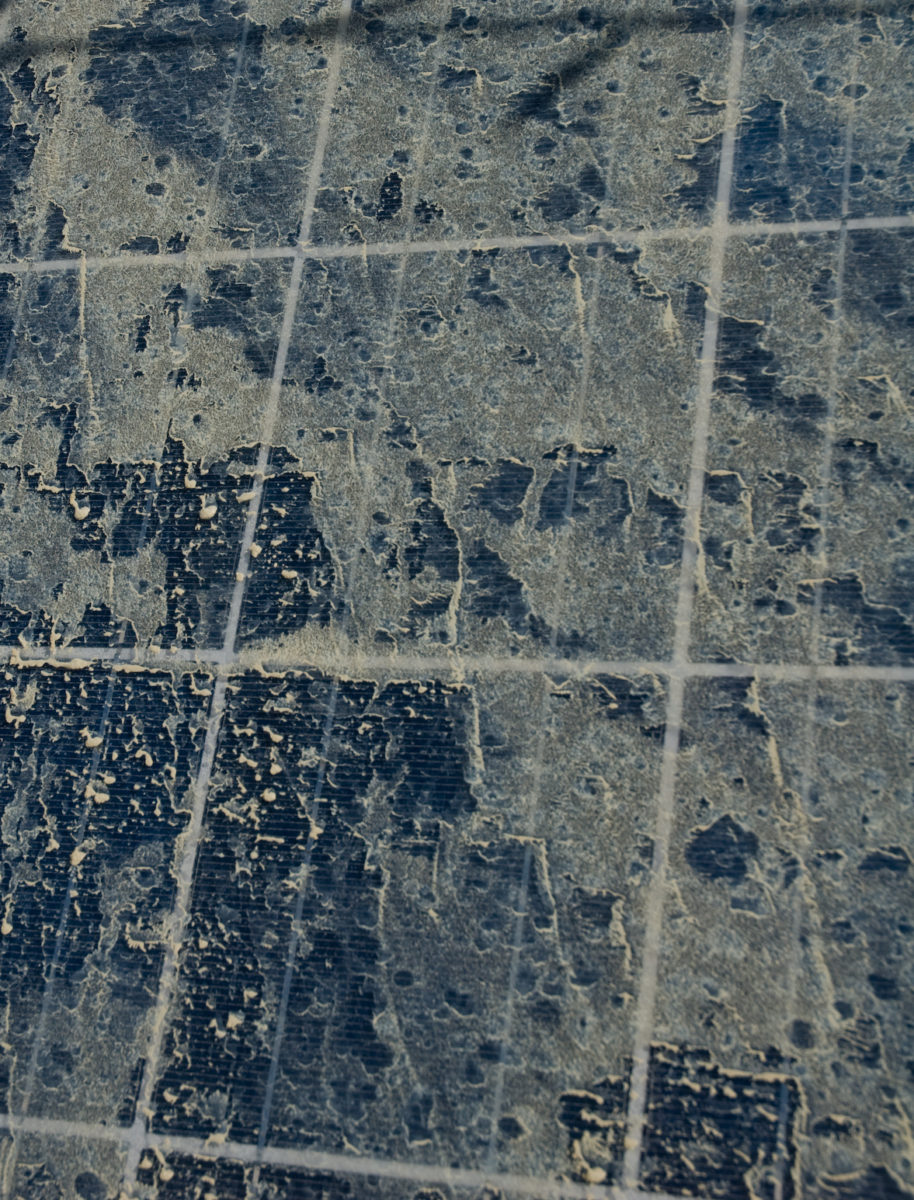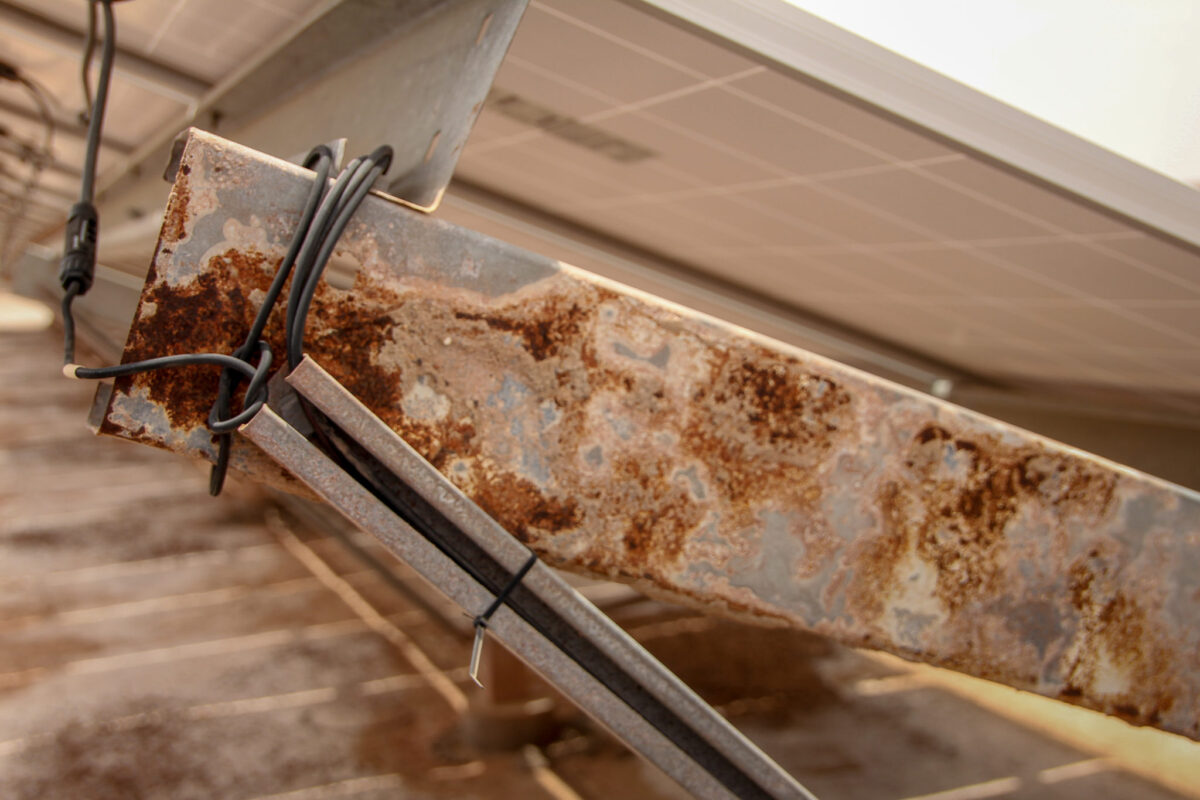Researchers from Egypt’s Beni-Suef University and the German University in Cairo (GUC) have proposed a dust mitigation technique for solar arrays in particularly dry, desert conditions.
The method is based on the use of an antistatic nano-coating on the panels to prevent the accumulation of dust. It also involves the application of a mechanical vibration feature to the modules to shake them twice daily, so that the dust falls off the surface.
The scientists tested three 130 W monocrystalline PV panels: a reference panel with no coating or vibration, a second module with only a coating, and a third panel with both coating and a mechanical vibration system. The nano-particle coating was provided by Japanese specialist Sketch.
“The coating is made of tin oxide, silicon oxide, silver oxide, platinum, ammonia and water,” the scientists said. “The component which produces the super hydrophilic effect is silica. The tin oxide in the coating improves the electrical conductivity of the coated surface of the panel and prevents the adsorption and adherence of the fine dust and particles floating in the air.”
The vibrator consists of a charging circuit and an eccentric rotating mass (ERM) motor control circuit. It is placed on an iron base that is fixed to the module frame. In this way, the vibrator is not in direct contact with the PV panel, which removes cracking risks, the academics said.
“The ERM motor is fixed at the back of the solar panel away from the surface of the panel, such that when the motor rotates and shakes the panel the dust on the surface of the panel falls off the panel surface,” they added.
The motor is powered by a battery that is charged by the panel itself. A programmable logic control (PLC) unit makes the panel rotate twice every day for one minute each time. The first time is at 3 a.m. to avoid the mixing of dew and dust. The second time is at 12 p.m., to ensure that the PV panel is cleaned before noon to maximize power output.
“The cost of the vibration system is about 15% of the total cost of the PV panel,” the Egyptian researchers said.
They added that increasing the tilt angle of the modules could raise the propensity of the dust to fall off the panel. However, they said that they need to conduct more research on this.
The presented their findings in “A novel technique for cleaning PV panels using antistatic coating with a mechanical vibrator,” which was recently published in Energy Reports. The reference module must be cleaned four times a month, they said, while the module with a coating only needs to be cleaned twice a month. As for the panels equipped with both coatings and vibration functionality, the cleaning must be done only once a month.
“The maintenance cost in case of a non-coated PV panel is two times that of a coated panel, and it is four times that in case of using a coating together with a vibrating system,” they concluded.
This content is protected by copyright and may not be reused. If you want to cooperate with us and would like to reuse some of our content, please contact: editors@pv-magazine.com.




By submitting this form you agree to pv magazine using your data for the purposes of publishing your comment.
Your personal data will only be disclosed or otherwise transmitted to third parties for the purposes of spam filtering or if this is necessary for technical maintenance of the website. Any other transfer to third parties will not take place unless this is justified on the basis of applicable data protection regulations or if pv magazine is legally obliged to do so.
You may revoke this consent at any time with effect for the future, in which case your personal data will be deleted immediately. Otherwise, your data will be deleted if pv magazine has processed your request or the purpose of data storage is fulfilled.
Further information on data privacy can be found in our Data Protection Policy.